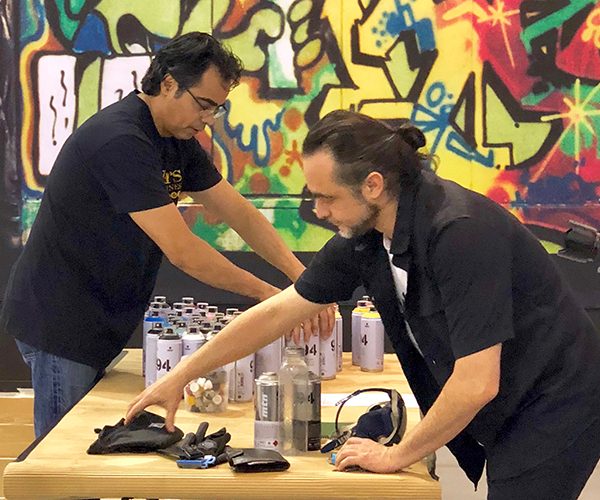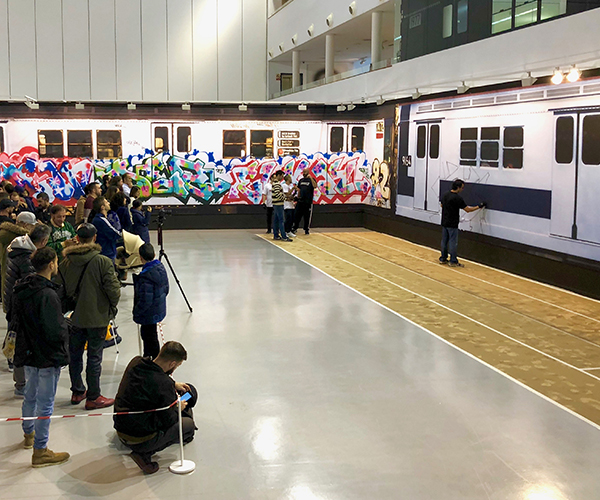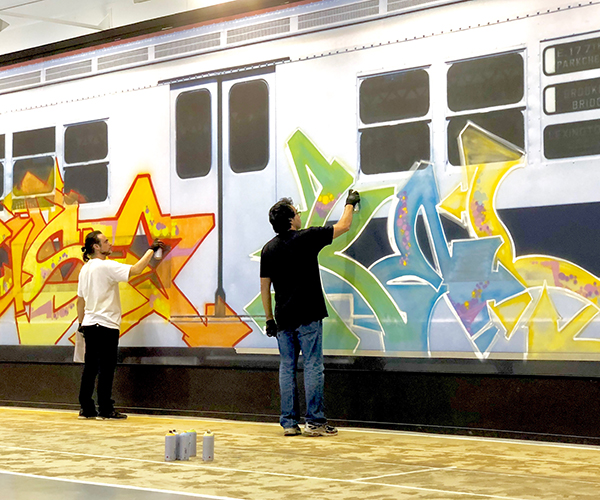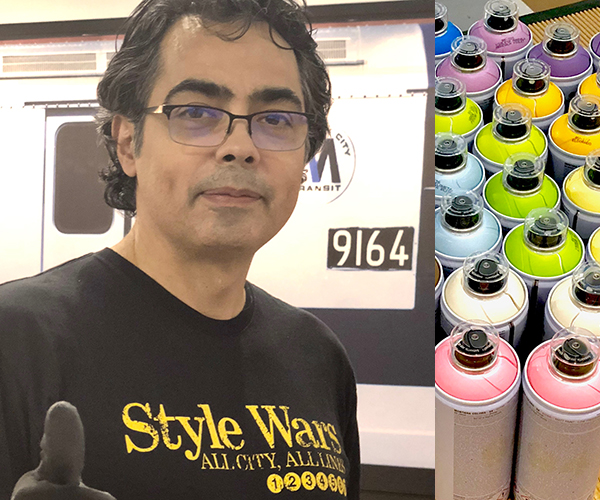URBAN REVITALIZATION

The Line Up
Kel1st & Suso33
The Train-Legacy-Project began in Madrid in 2018 as collaboration of graffiti writers on images of full scale historic New York Subway cars in honor of the CEART exhibit “Henry Chalfant: Art is Not a Crime.” Curated by Suso33 and championed by Museum Director Juan Carlos Moya Zafra, this revolutionary installation became the opportunity for Kel1st to revisit the very first train line he ever painted. Understanding the importance of where it all began, Montana Colors of Barcelona contributed the paint line up.

The Train-Legacy-Project
CEART Madrid Sets the Stage
Socio-economic conditions of New York City’s five boroughs during the second half of the 20th century became a unique incubator for urban trends that cannot be ignored. Put in context of history, we look upon Henry Chalfant’s diligent photographic records at full scale. The Train-Legacy-Project’s mission is to revisit collaborations that launched a category we now know and identify as Urban Art. Classic period graffiti writers join forces with decades of writers since to look back while looking forward, to mentor and focus the energies of new generations toward rewarding, self-actualized applications.
Learn more about the Train-Legacy-Project here

Graffiti Is Art
More Than Style Wars
Urban Art is increasingly sought-after by wealthy collectors and younger buyers of art by popular icons; a trend. However, processing its position in the evolution of contemporary art and its socio-economic relationship has become an important part of understanding how to invest in it. This project’s goal is to help increase awareness, further educating the audience that buys contemporary art about its true meaning. Rather than being about destruction and dis-integration, graffiti was an outcry for integration during volatile times: An important part of visual expression and art history.

Urban Relevance
Kel1st Speaks Graffiti
“Graffiti is not just about spreading your ‘tag’ as far as possible, as the first form of personal branding when there was no such thing as social media. It is about collaboration, adventure, curiosity. The essence of what drove me to go from borough to borough to meet the other writers was to share the experience and learn more about why we each were so driven to do what we were doing. Everyone had a different story, our commonalities were the conditions and environment that drove us to tell it."
